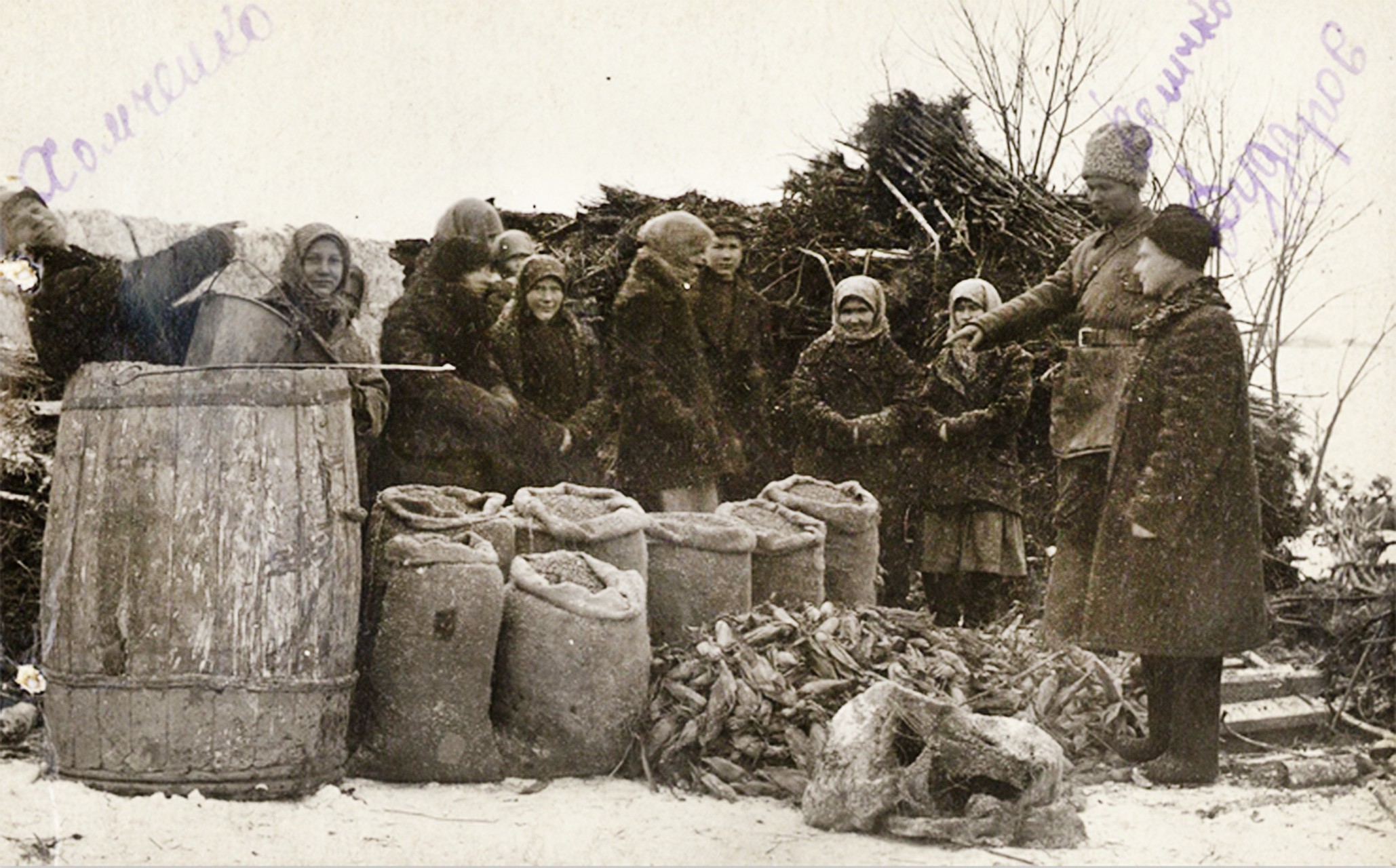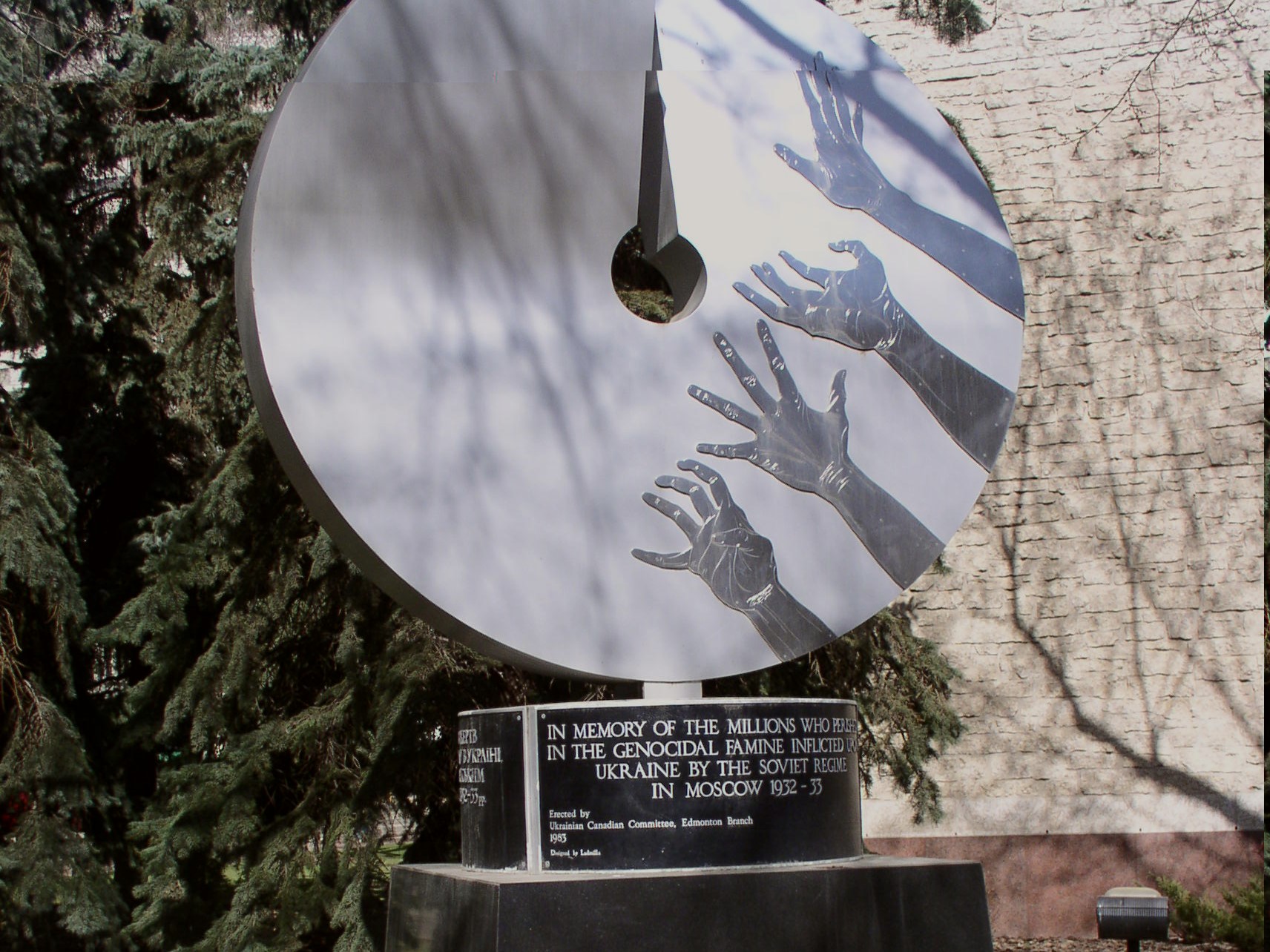The history of the Great Famine of 1932–33, known as the Holodomor, started when the Soviet dictator Joseph Stalin ordered the collectivisation of agriculture. The term ‘Holodomor’ is often used to encompass the starvation of the farmers as well as a broader assault on the Ukrainian nation, which included an attack on the cultural, religious and political leadership of Ukraine, most of which was under Soviet power at that time.
With the teaching resources from this lesson students can:
• get basic information about the Holodomor
• reflect on why remembrance about the genocides is important and talk about the remembrance of the Holodomor




